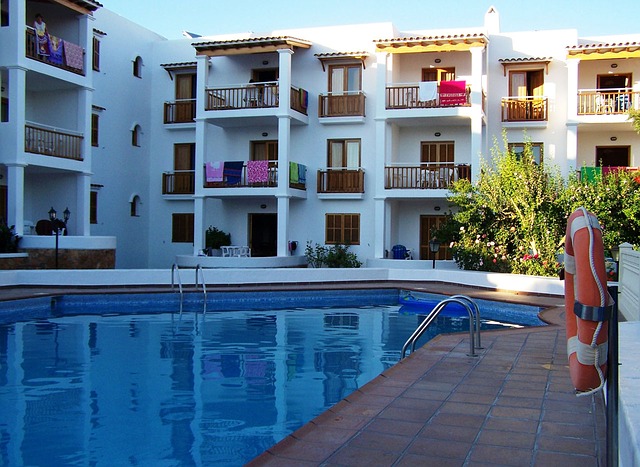Multi-family or apartment financing spans a wide range of debt solutions for both small and large apartment properties. Other considerations such as age of the property, size of the market where the property is located will also impact the likely source of financing.
Fannie Mae and Freddie Mac
Fannie Mae also known as the Federal National Mortgage Association is a corporation that is publicly traded. It creates mortgage pools that are securitized on Wall Street. Fannie and Freddie as they are known are government sponsored enterprises or GSE’s that finance single family and multi-family properties. Because of the implied government guarantee for GSE funded loans they typically have more favorable rates and terms. They do however have more intensive underwriting and closing requirements.
DUS platform is Fannie Mae’s standard multifamily loan program for loan size above $3 million – no maximum loan size. Program allows for a specific tenant concentration (student, military, corporate) up to 80%.
• Minimum loan size: $1 million
• 80% loan to value, 75% with cash out
• Non-recourse with standard carveouts
• Longer amortizations and terms
• 90% occupancy for 90 days required before closing
Fannie Mae also has a small loan program that funds loans from $1,000,000 to $3,000,000 with less intensive documentation and closing requirements.
Freddie Mac multifamily loans:
Rates are tied to the 5, 7 and 10 year treasury yields. Freddie Mac multifamily loans also have some of the lowest rates available in America. Once the loan is made, it is sold to Freddie Mac where securitization takes place on Wall Street using mortgage pools
Freddie Mac Multifamily Loan Terms:
$1,000,000 is minimum loan size
30 year amortization period
80% is maximum LTV rate and term, 80% maximum with cash out
Rates are fixed 5 years, 7 years, or 10 years.
The loan is assumable
There is an occupancy requirement of 90% for 90 days
Net worth minimum is the loan size
Liquidity required post-closing is 9 to 12 months
Loans are non-recourse
1.2 to 1.25 DSCR
Declining or Yield Maintenance Prepayment Penalty
Life Company, Pension Fund, REIT
Institutional lenders are what are defined as life insurance companies, pension funds and real estate investment trusts or REIT’s. These institutions invest a portion of their portfolios in commercial real estate debt and equity. Institutional lenders typically invest in newer, larger projects in major metropolitan areas.
• Typical minimum loan amount is $10 million to $20 million
• Amortization 30 years
• Typically non-recourse
• Forward commitments for to be built projects sometimes available
• Equity participation available from some lenders
• Portfolio lending available from some institutions
Conduits
Collateralized Mortgage Back Securities (CMBS) are also referred to as conduits provide multifamily commercial mortgage financing through a securitized process where loans are originated, placed in pools and those pools sold off to large institutional investors. Several major commercial and investment banks operate conduit lenders as well as a number of private CMBS lenders.
• Typical loan size $2 million to $50 million. Some also have small loan programs
• Amortizations usually 15 to 30 years
• Non-recourse with standard carveouts
• Will typically lend on older properties and in smaller markets
Small Apartment Loans
Liberty can access Fannie and Freddie small apartment loans for amounts between $1,000,000 to $5,000,000. For loans under $1 million see Small Commercial Real Estate Loans.
